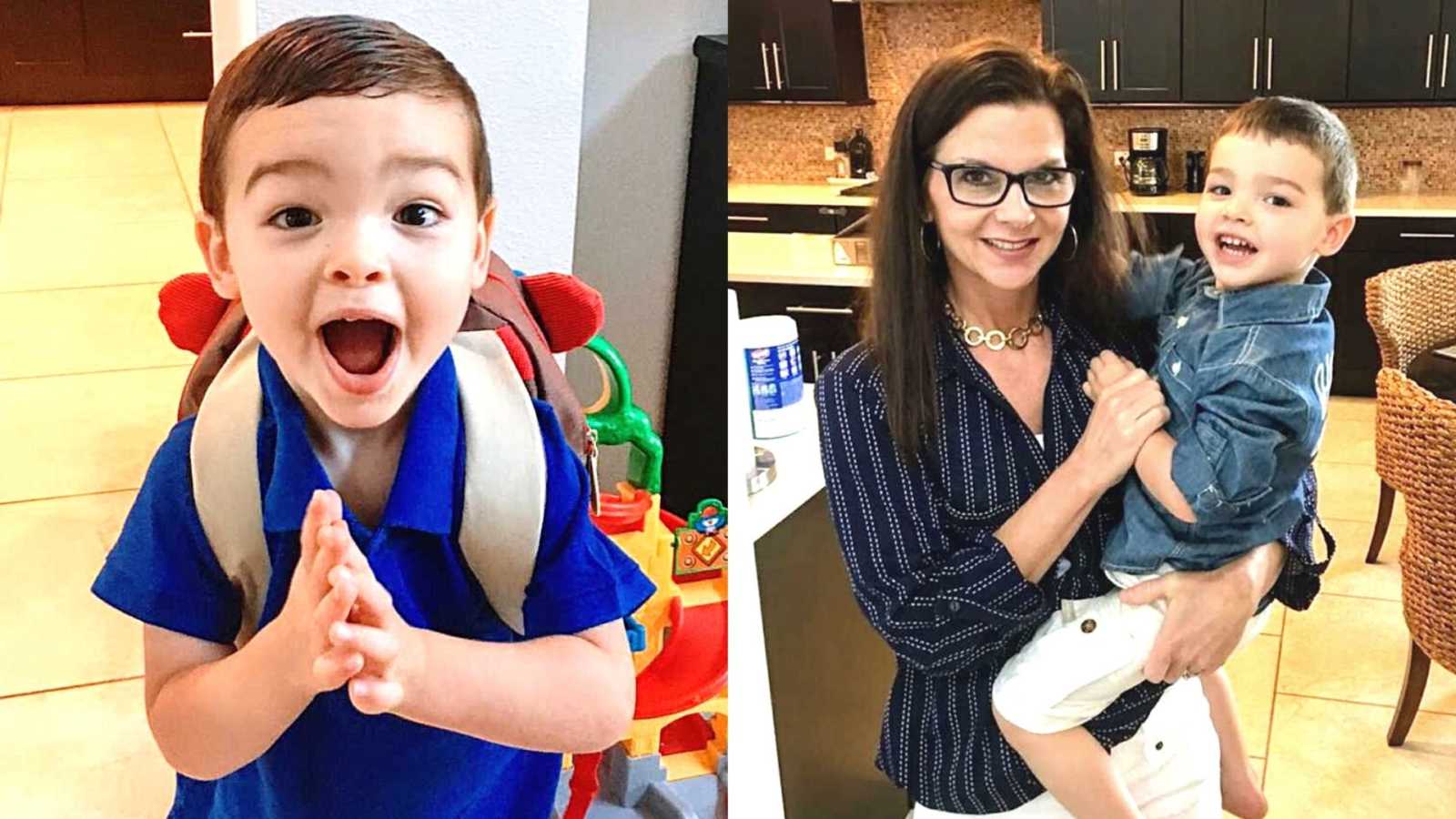“I’ll never forget the moment I knew the journey with my youngest son, Barclay, was going to look very different from his three older siblings. Until eighteen months, Barclay had reached his developmental milestones within a normal time frame. He was an active and very busy toddler! He was imitating sounds, using some words, making eye contact, and responding to his name. I vividly remember the first time Barclay used a two-word phrase. He was standing at the baby gate, and he said, ‘Bye, Dad,’ as my husband, Brent, was headed out the door for work. We both stopped in our tracks, smiled, and showered Barclay with praise.
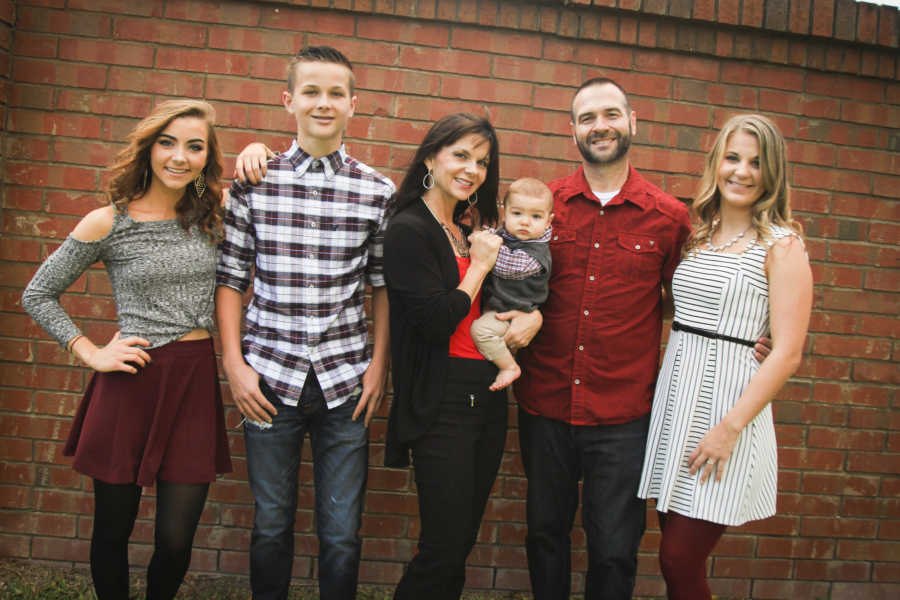
As soon as Brent left, I grabbed Barclay’s baby book and jotted down his newest accomplishment. I had no idea it would be the last one recorded in that book for a very long time. I called my mom, ‘Guess what! Barclay just said his first two-word phrase!’ She was as excited as I was. When my other children hit this monumental achievement, their verbal skills exploded. So obviously, this is what I was expecting from Barclay. However, that is not what happened. The next day, he was again standing at the baby gate waving bye to his Dad, and from the kitchen, I heard him say, ‘Bye, Duh.’ It was as if the second word was stuck. I froze. It felt like a deafening alarm going off in my head with a bright spotlight on my child, and I had no idea what it meant.
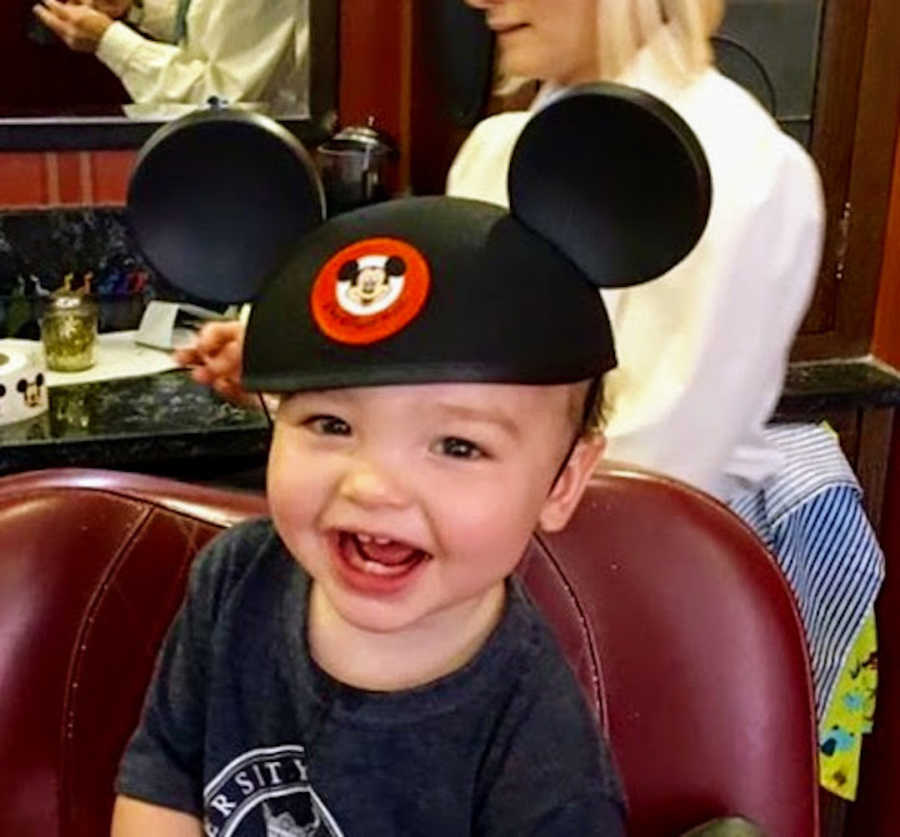
Almost overnight, Barclay lost nearly all words he had previously known. I brought it up to his pediatrician and asked her if she would refer him for a speech evaluation. She wasn’t nearly as concerned as me but did write the referral. As I waited for the appointment, I began to research speech delays and regressions and ways to help him communicate. I started learning and teaching him baby sign language. Much to my surprise, he picked it up quickly. It took about a month for the speech evaluation. The results showed delays in both expressive language, the ability to produce speech, and receptive language, the ability to understand language.
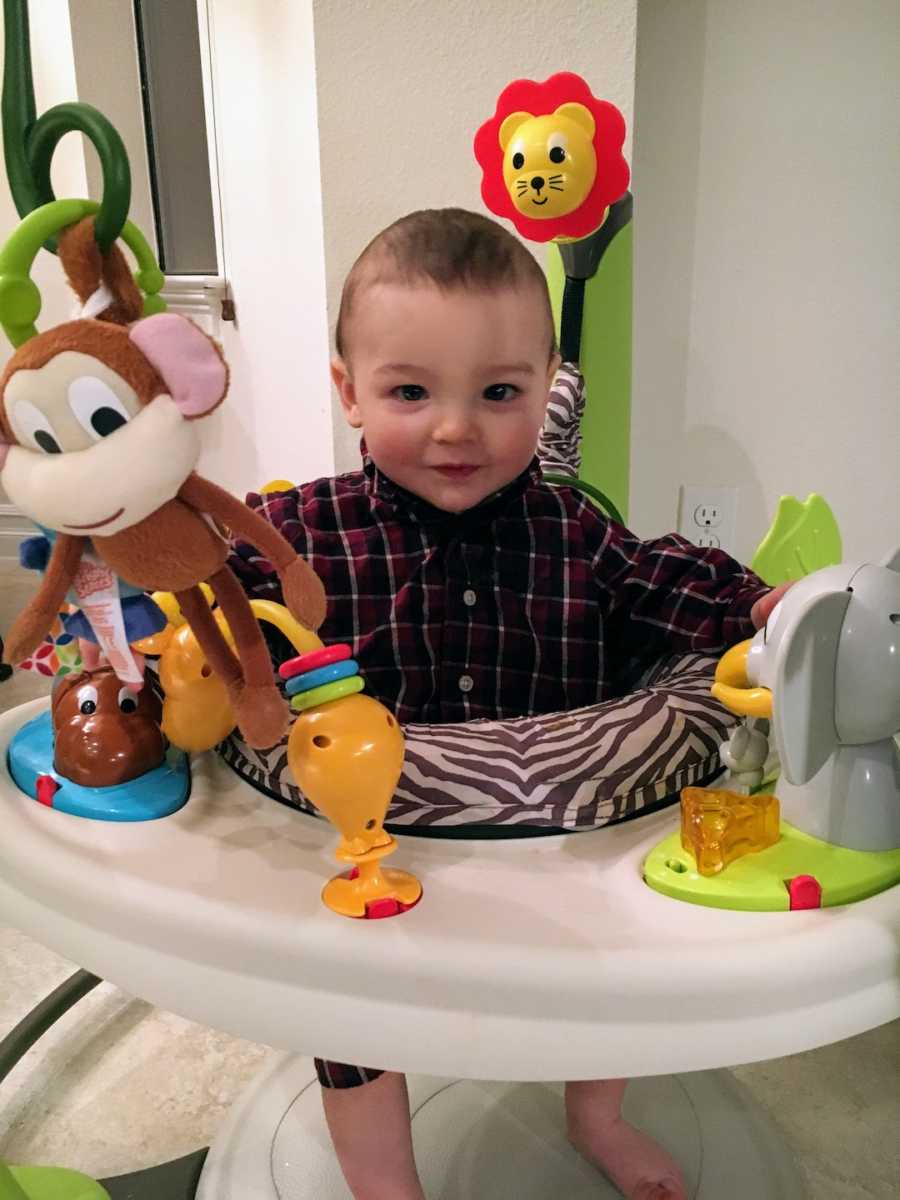
An occupational therapy evaluation was also performed, which showed delays in fine motor skills, such as the ability to use eating or writing utensils, and gross motor skills, such as the ability to catch a ball or pedal a tricycle. Almost another month later, he started both speech and occupational therapy. Neither was effective. He resisted most activities. He was distracted by all of the items in the room, always wanting an item the therapist had not intended on using with him for that visit. He was obsessed with turning the lights off and on, repeatedly ignoring anyone who tried to intervene. Eventually, both therapists strapped him in a chair so he couldn’t move. The speech therapist dangled flashcards in front of him, which he ripped up. The occupational therapist told him to pick up tiny beads, which he flung. He and I both HATED going.
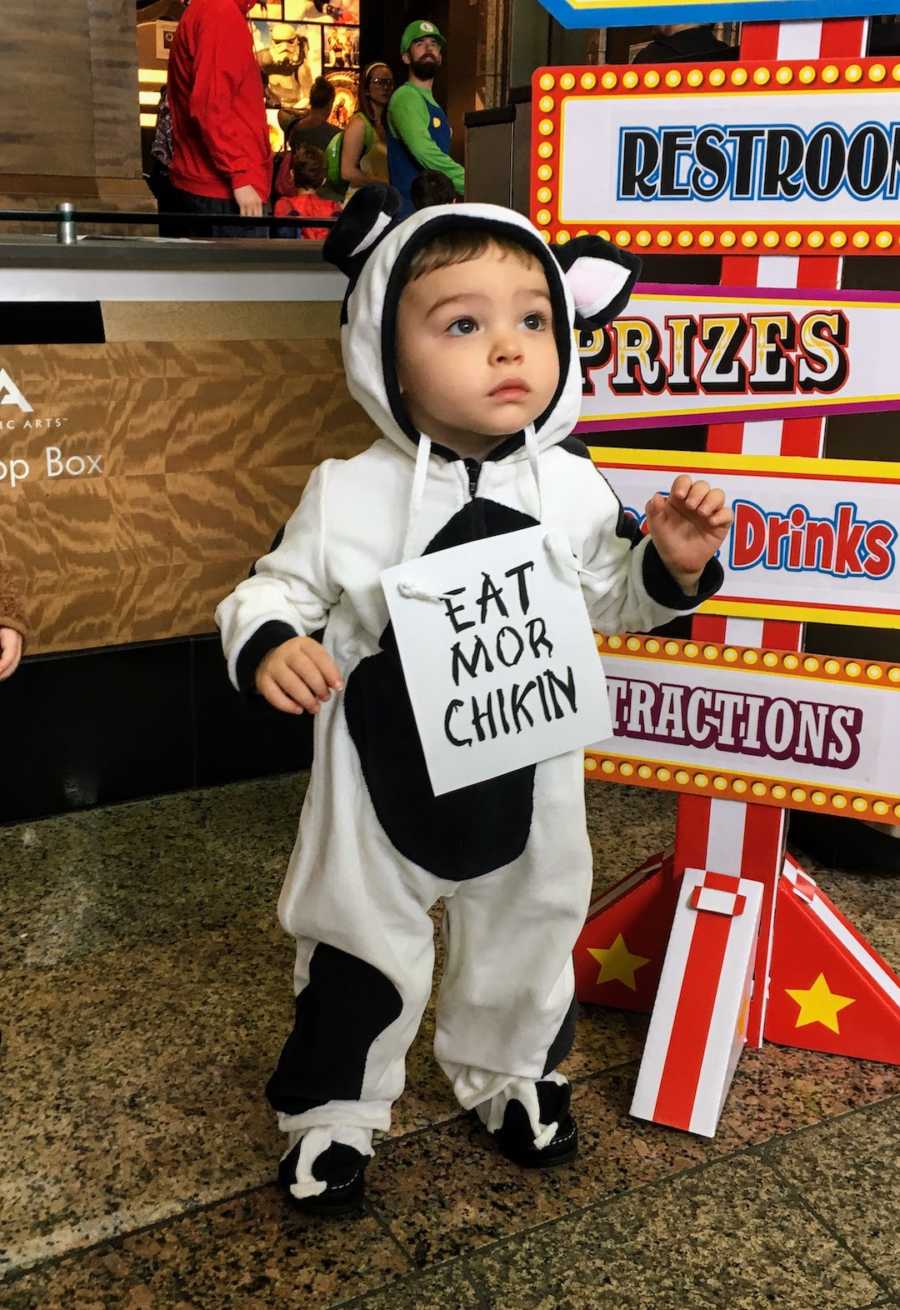
In the meantime, my husband and I decided to enroll him in a preschool program. We thought being around other children would improve his communication, and the teacher had a sign language background. It was the perfect setup, and he loved going. However, within just a few weeks of starting, other behaviors began to emerge. He wouldn’t sit in a chair and feed himself like the other children. He wouldn’t stay in his spot in line while walking to the playground without darting off. He was nowhere near potty trained, and it was an expectation to continue attending. After several parent-teacher conferences and multiple attempts at failed interventions, we were told they couldn’t meet his needs any longer. I understood. I was beginning to believe I couldn’t meet his needs either.

During this time, I found out about Early Intervention. Early Intervention is a free program in every state which provides services for children with a wide variety of developmental delays at no charge. Since the private speech and occupational therapy was going so poorly, I hoped additional services might help. The evaluations for Early Intervention took nearly four hours! Barclay resisted almost every activity. I remember toward the end, one of the evaluators handed him a toy train, which he immediately threw, knocking her in the forehead. By the end of the exhausting day, I felt like a complete failure as a mother. On the drive home, he instantly fell asleep, which offered me the privacy to cry.
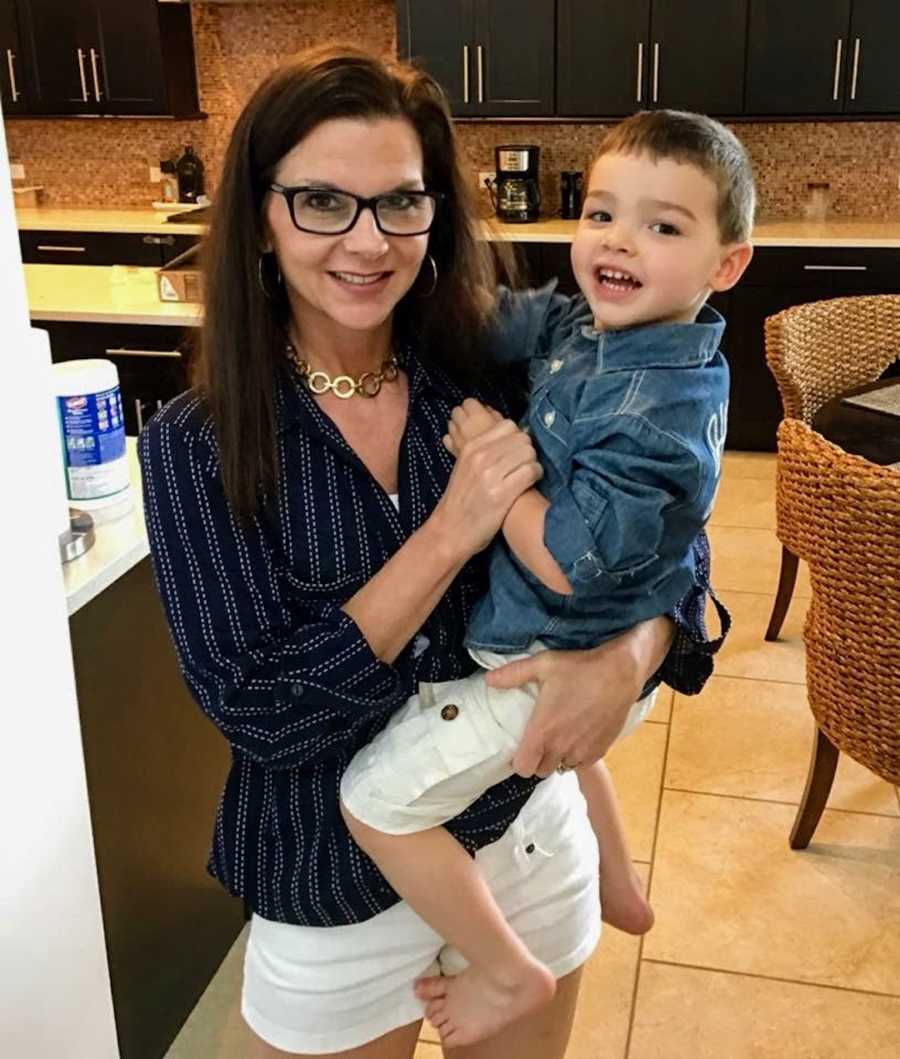
A few weeks later, I got a call from Early Intervention with a recommendation not for speech or occupational therapy, but behavior therapy. Behavior therapy! I was offended. Did they think he was a horrible child, and I was an incompetent mother? Little did I know how much I would learn from his first behavior therapist. I’d finally get a glimpse into how to help my precious son understand the world around him and me to understand his world. During his speech and occupational therapies, he was diagnosed with the first of many diagnoses, Childhood Apraxia of Speech. CAS is a motor-planning disability. The brain knows how to speak and how to complete fine and gross motor skills, but there is a disconnect between the brain and the necessary body parts to complete those tasks.
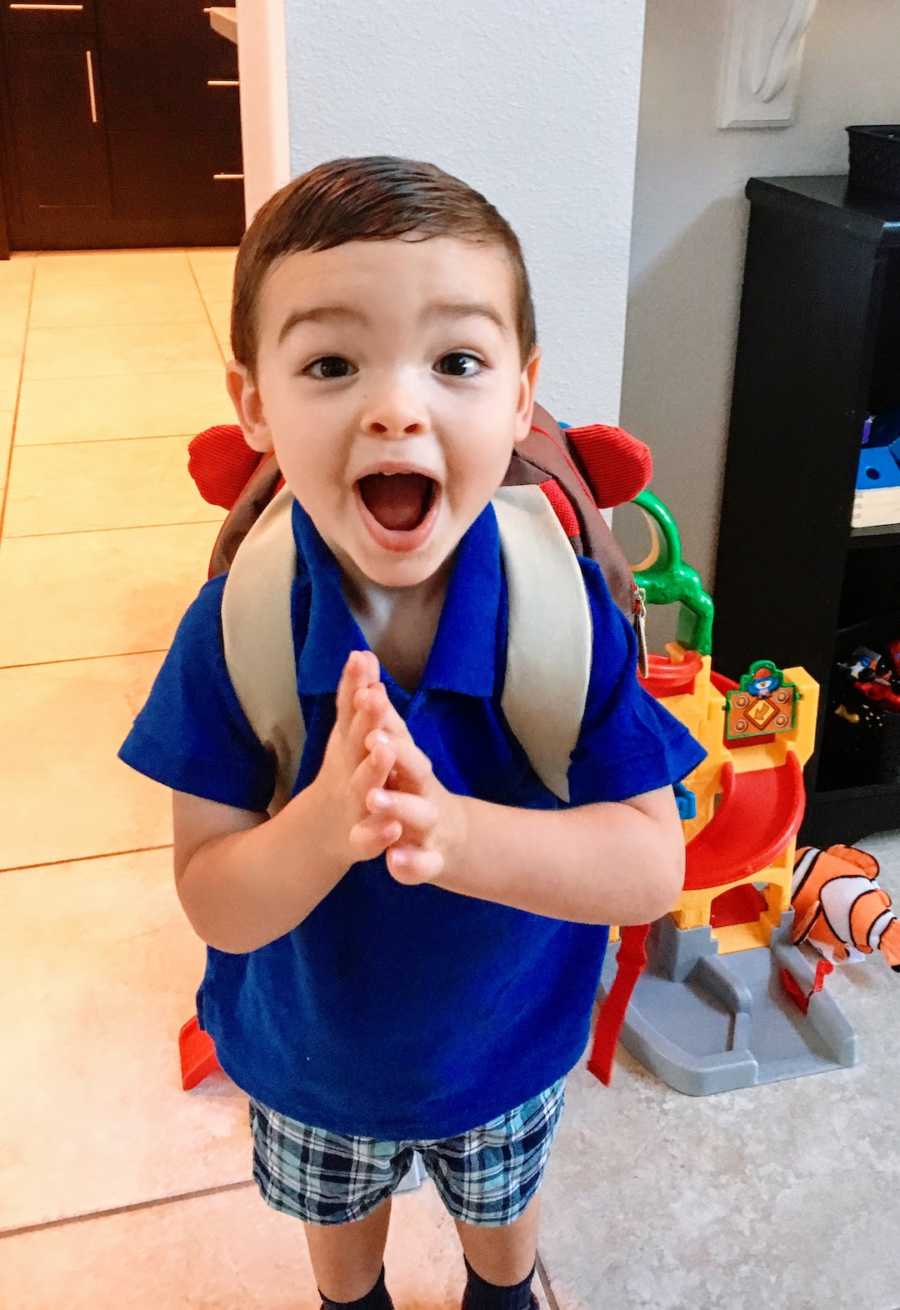
My son had a label, and it felt like a punch to the gut. But at least we had an answer. I also moved him from the first location, where he received useless therapies, to a great center focused on play-based therapy. I was finally learning how to advocate for him. He and I both were much happier, and the therapists at this center were able to help move him in a positive direction, but still, progress was slow. After the issue with the preschool and the diagnosis of CAS, I realized it was time to dig a little deeper. I still felt there was something more going on. After researching online, I found out specialized doctors called ‘developmental pediatricians’ are experts in what children should be accomplishing and when. I made an appointment for him to see a local developmental pediatrician for yet another evaluation.
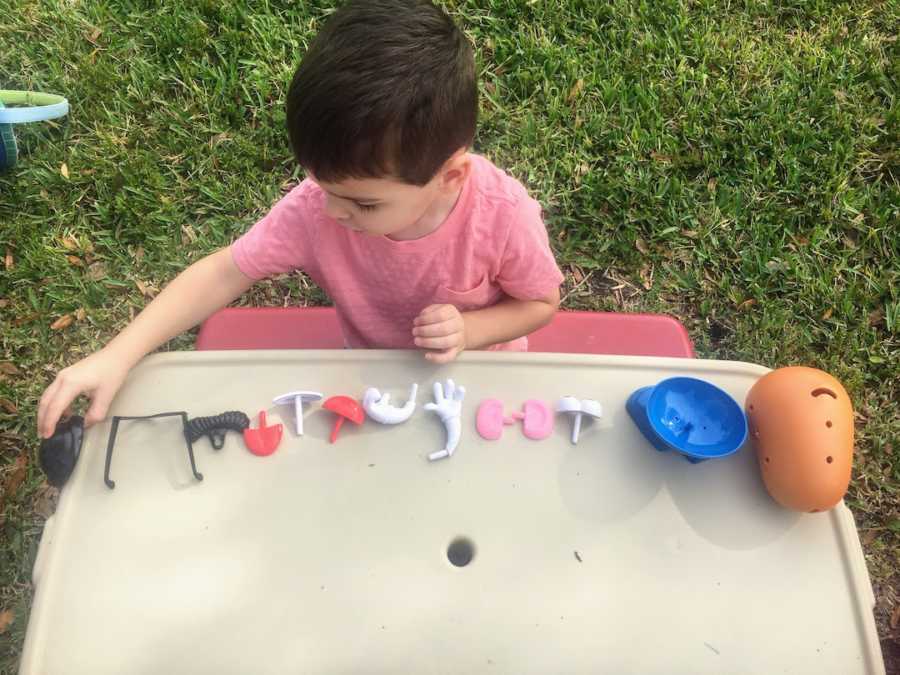
Within just a few minutes of the visit, she told my husband and me Barclay had severe Attention-deficit/hyperactivity disorder, or ADHD. She also said if we could get the ADHD under control, it would allow him to learn to speak and help with his impulsive behaviors. The way to do this was to put him on medication. He was only two and a half at the time, and she said we’d start him on medication at three. I looked down at my brown-haired, brown-eyed toddler, rolling on the floor of the doctor’s office amidst an array of books and toys, and thought, ‘I can’t imagine putting my little guy on medication. But, I am going to trust her, and I will do anything to help him.’ Diagnosis number two. Punch to the gut number two. But, again, more answers. I began to learn everything I could about Barclay’s newest label.
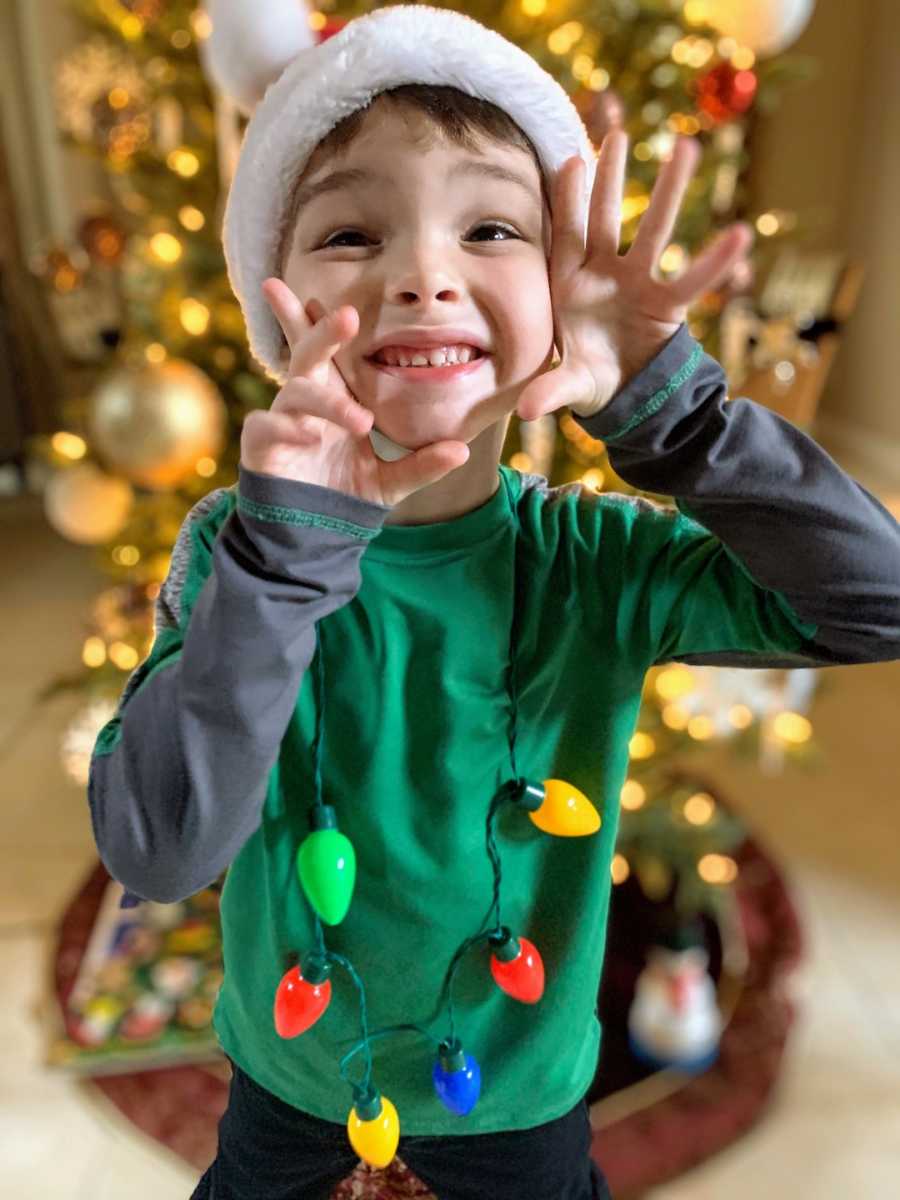
ADHD is marked by severe impulsivity and hyperactivity, which indeed described Barclay. It was as if his motor was running ALL the time. He ran when he should walk, climbed when he should sit, and jumped when he should stand. I couldn’t take him anywhere for fear of him darting into traffic or grabbing toys from other kids, and having no understanding these behaviors were not okay. At this point, he was receiving speech therapy, occupational therapy, and behavior therapy. I felt he finally had a team of professionals who I could trust. And collectively, we all began to talk about other behaviors we saw emerging. Barclay wasn’t playing with toys appropriately. He’d line things up, such as crayons or blocks, rather than color or build. He was beginning to use some words but still spoke very little and couldn’t answer simple questions. He melted down over the slightest disruption in routine or not gaining access to what he wanted.
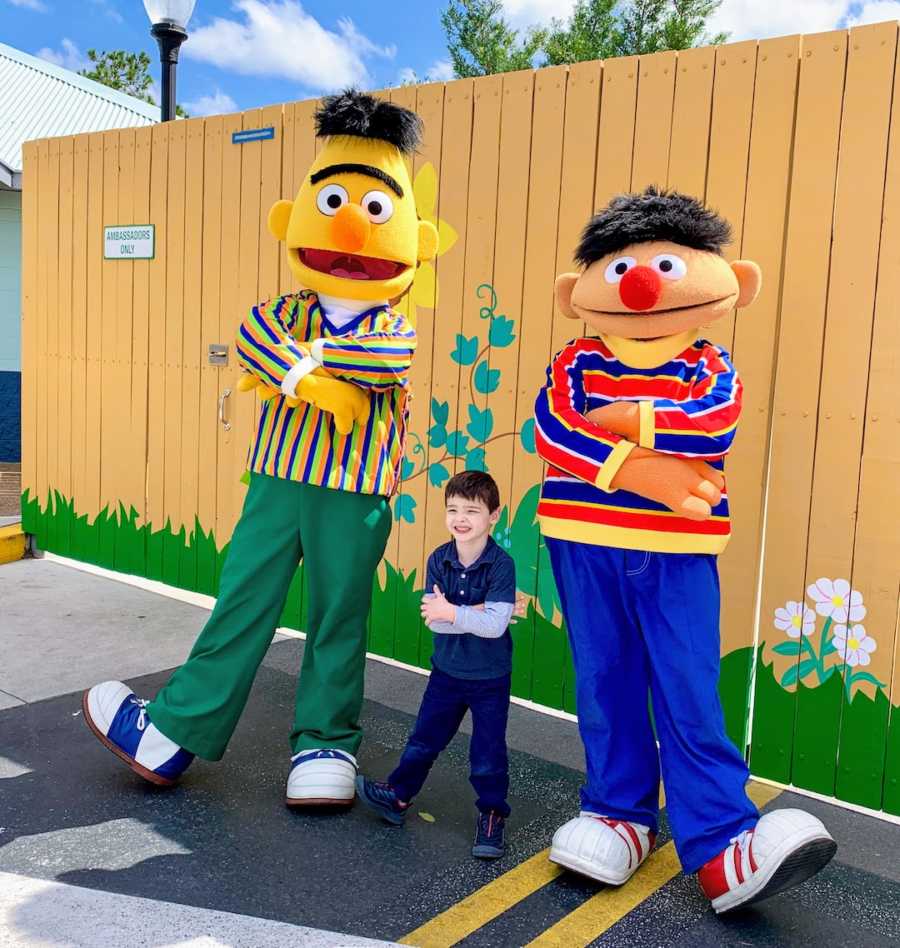
Even his diet had changed. We called it the Nursing Home Diet. He’d only eat foods that were soft, bland, and room temperature. Once again, it was time to go back to the developmental pediatrician for what I believed was coming next, a diagnosis of autism spectrum disorder. In June of 2018, Barclay was diagnosed with ASD. This time, I didn’t feel a ‘punch to the gut.’ It tied everything together. ASD is marked by severe impairment in social communication and social interaction, restricted and repetitive behaviors, interests, and sensory sensitivities. But the good news is, with proper interventions and therapy, children with ASD can overcome some of their challenges and live fulfilling lives.
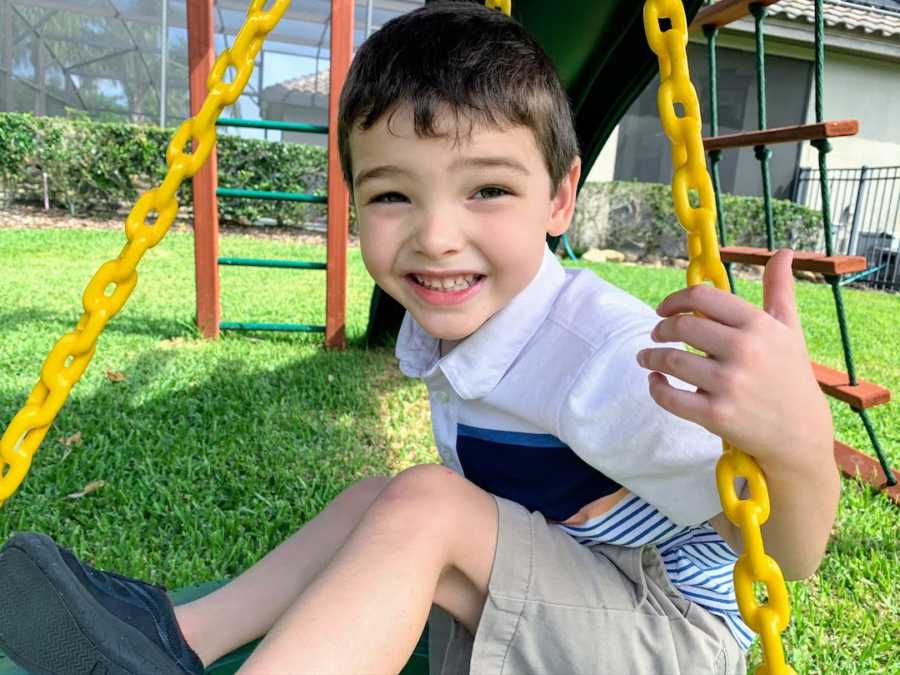
Soon after the diagnosis, he began a full-time applied behavior analysis program at a wonderful autism center and has thrived in the two and a half years he’s attended. He also attended a year of ESE preschool. With his amazing ESE teacher’s help, he excelled academically and quickly moved from the two-day program to the three-day program. In the fall, he’ll start a fabulous autism charter school where we know he will continue to thrive! Today, 5.5-year-old Barclay is a fun, energetic, and, most importantly, happy kid! He is obsessed with Star Wars and anything Mario. He has a huge memory and amazes us every day at all he is learning! He LOVES going to ABA and tells his therapist each morning when he sees her, ‘You are my best friend!’ In ABA therapy, he works on his communication skills, independent function skills, and social skills, all with great success.
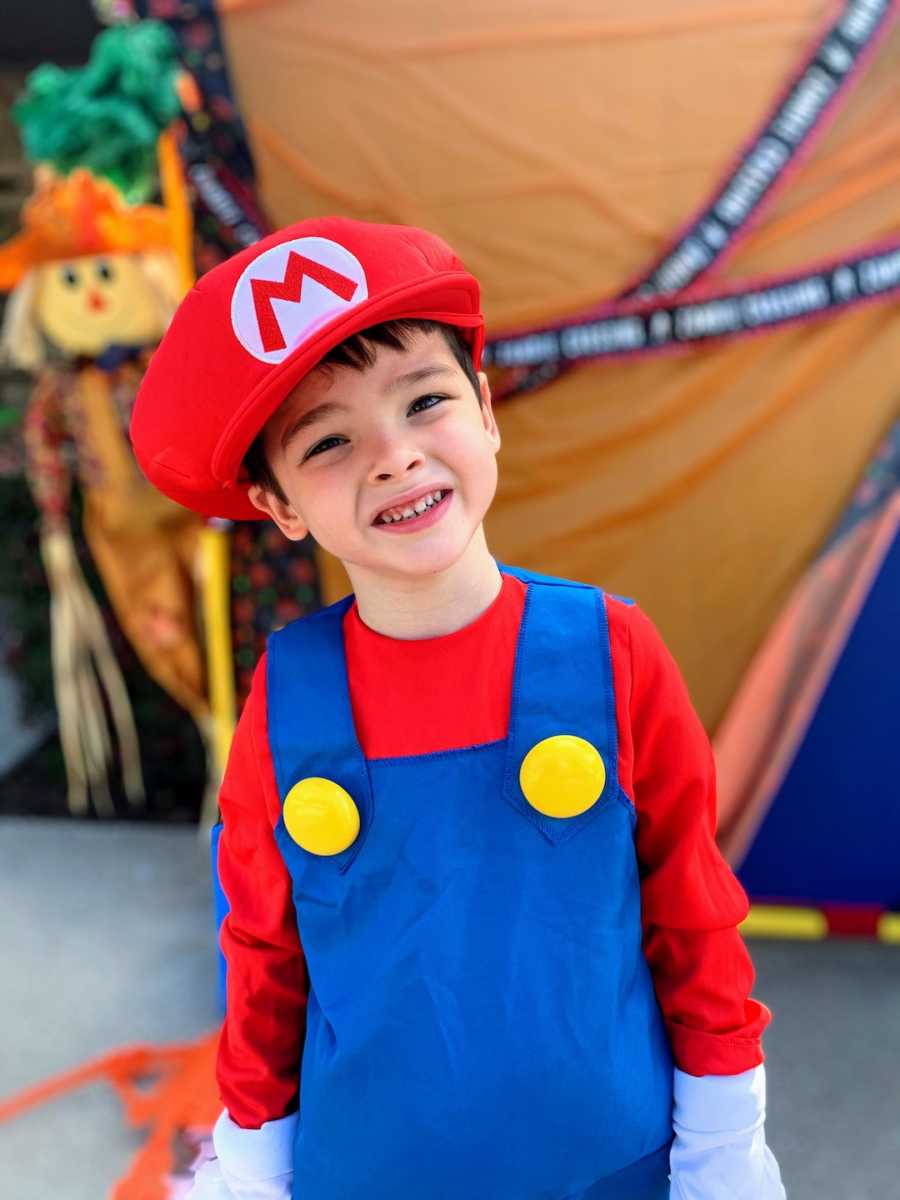
When I think back to that morning years ago when Barclay was waving bye to his Dad, I remember how scared and confused I was when I saw him struggle to speak. I want to tell my then-self, ‘It’s going to be okay. You’ve got this. Your son is exactly who he was meant to be, and you’ll figure out how to help him be the best version of himself possible!’ This led me to start the Big Abilities blog and podcast, and join the Collaborative Corner for Exceptional Children’s nonprofit organization. My goal is to support families like my own in helping their exceptional children burst through the ceiling of their disabilities into the universe of their abilities!”
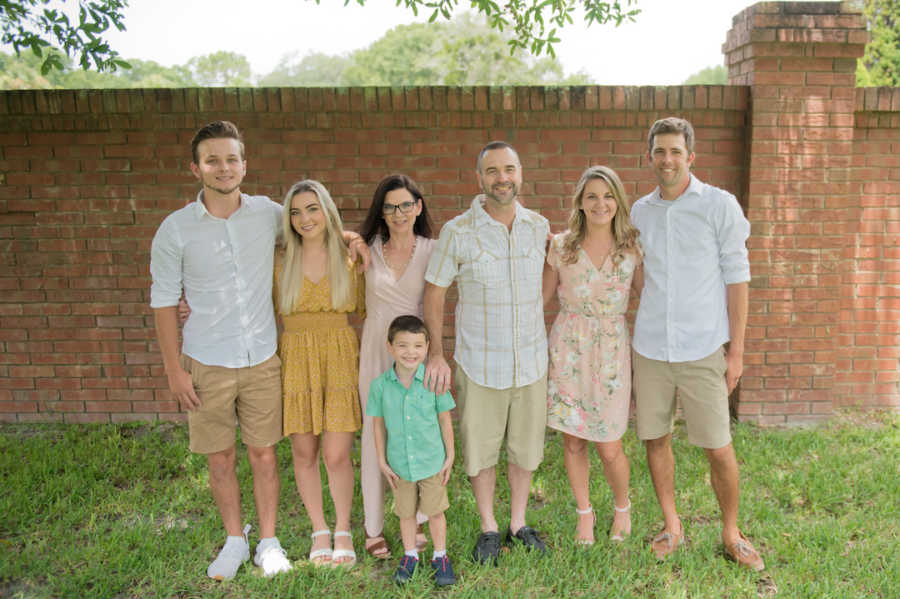
This story was submitted to Love What Matters by Amy Nielsen of Orlando, Florida. You can follow their journey on Instagram, Facebook, and their website. Submit your own story here, and be sure to subscribe to our free email newsletter for our best stories, and YouTube for our best videos.
Read more powerful perspectives from special needs moms:
Give other parents strength and courage who are continuing to learn about their children with autism. SHARE this story on Facebook or Twitter.

